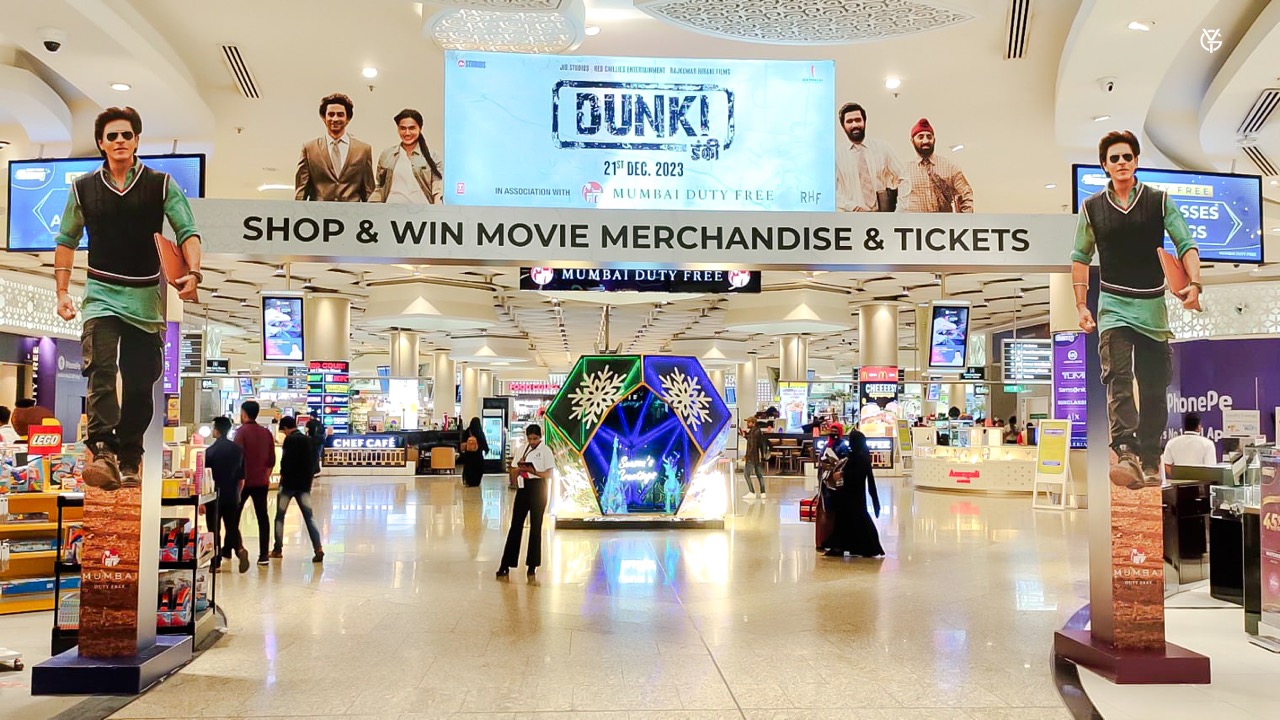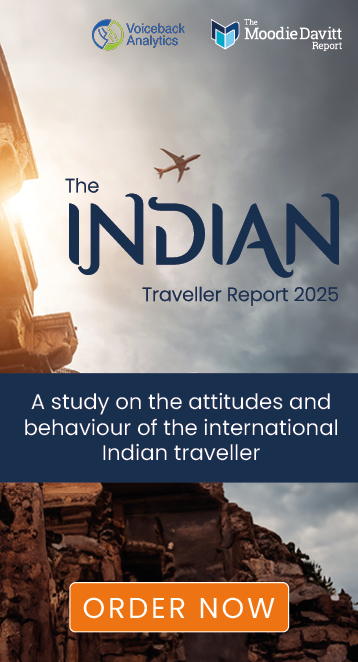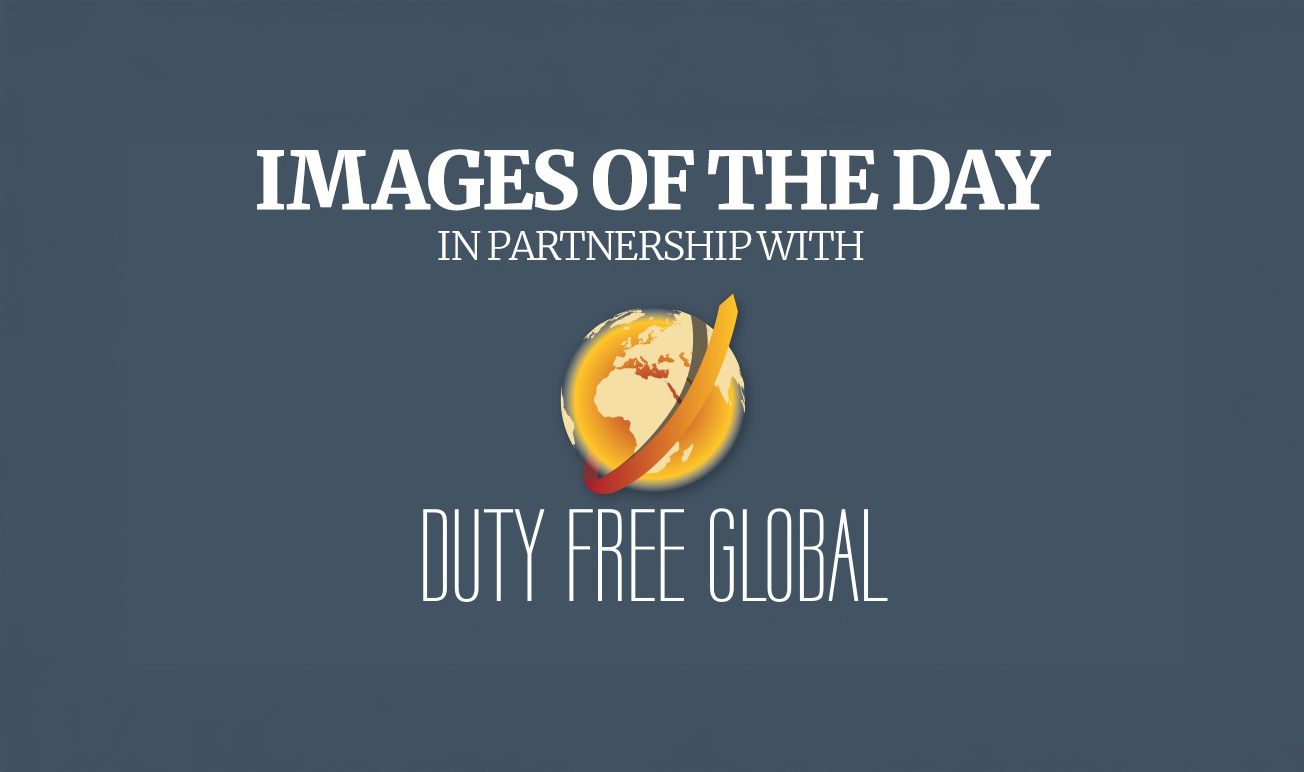INTERNATIONAL. Duty Free World Council (DFWC)’s second quarterly KPI Monitor of 2024 shows that the value and convenience of the duty-free shopping offer, as well as self-indulgence, continue to be the top three priorities among airport shoppers.
The Q2 Monitor – produced on behalf of DFWC by leading industry research agency m1nd-set – places good value for money as the number one purchase driver, cited by 24% of shoppers globally, with convenience second highest at 20%.
Self-treating is the third most-significant purchase driver at 15%, with sufficient dwell time, brand loyalty and price advantage (all 14%) rounding out the top six.
The lack of motivating promotions is the leading single barrier to purchase with 17% of shoppers. When considering barriers by theme, higher prices, both at home and at destination, is cited by 27% of global shoppers – 15% comparing prices to their home market is in third position, and 12% to their destination comes in fourth position.

Other notable barriers to purchase include ‘no intention of buying anything’ (16%), ‘unwilling to carry more items’ (stable at 13%) and ‘not attracted by any products’ (also stable at 12%).
The importance of self-indulgence among global travel retail shoppers is again underlined with 52% of shoppers saying they purchased for themselves when airport shopping during Q2 this year, up one percentage point since Q1.
Gifting as a purchase purpose has also increased, from 25% in Q1 to 27% in Q2. Sharing and purchases on request have both fallen since Q1, from 16% to 14% and 8% to 7% respectively.
In terms of purchase planning, the percentage of shoppers with a specific idea in mind of which products or brands they intend to buy fell from 30% in Q1 to 28% in Q2, while undecided purchase planning rose +3% to 44% across the two quarters. Impulse purchasing fell -1% to 27% in Q2.
Exploring where shoppers look for information, the internet continues to be the most-used source, with general internet searches, retailers’ and brands’ websites and online adverts all quoted as touch points noticed by shoppers.
The most-significant increase in exposure among all touch points between Q1 and Q2 was billboards and adverts, which was cited by 15% of shoppers, compared to 9% in the previous quarter.
DFWC President Sarah Branquinho, commented: “This latest quarterly monitor highlights the dynamic nature of shopper behaviour and the critical role of both value and convenience in driving purchases. It also emphasises the challenges posed by pricing and promotional strategies, and the importance of personal interaction in influencing shopper decisions.”
The DFWC KPI Monitor also analyses international air traffic for international departures. Comparing the recent February to April quarter to the same period pre-COVID, global air traffic is still ahead of the 2019 level at 102% but down from 108% in the previous quarter with a decline in the growth rate across most world regions.
The Asia Pacific region, the only region still to catch up on pre-COVID traffic levels, has remained stable at 87% of the Q2 2019 period. While traffic levels continue to surpass the 2019 levels across all other regions, they have all posted lower traffic increases compared to the previous quarter. ✈

















